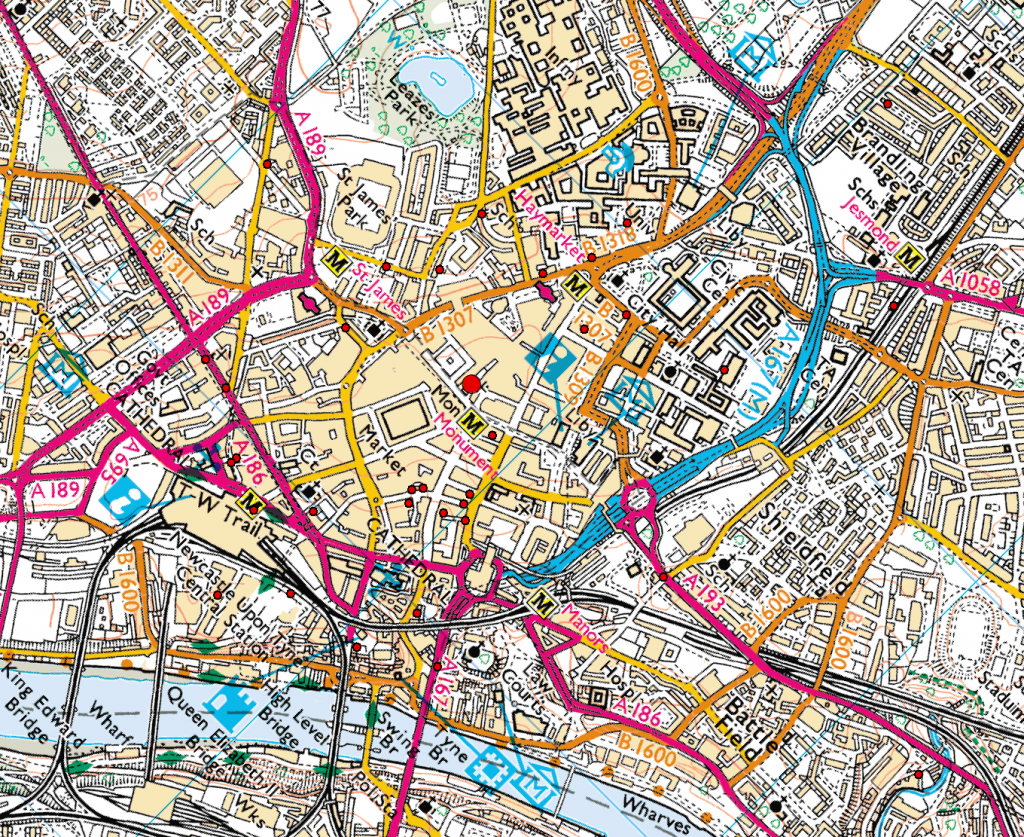Last week a book, ‘The Future of National Infrastructure: A Systems-of-Systems Approach’, by reasearchers from the ITRC (Infrastructure Transitions Research Consortium), was released and made available for purchase. The book provides insights into a range of the work undertaken in the ITRC project, from the economic and demographic projections to 2100 for the UK, to the analysis performed with developed national scale models for critical infrastructure systems and the developed underlying database and visualisation tools used. Synopsis:
“The future of national infrastructure: A system-of-systems approach provides practitioners, decision-makers, and academics with the concepts, models and tools needed to identify and test robust, sustainable, and resilient strategies for the provision of national-scale infrastructure. It takes a “system-of-systems” view on the interconnected infrastructure networks – including transport, telecommunications, energy, water, and waste-management – and derives an integrated vision on infrastructure provision required to ensure that nations have an infrastructure system that is fit for the future.”
Our own Stuart Barr, David Alderson and Craig Robson have all been involved in the research behind the book which has been carried out over the past five years, with a single chapter devoted to the work where their time has been focused, though they have also contributed to much of the other work. The chapter, ‘Database, simulation modelling and visualisation for national infrastructure assessment’, documents the tools developed here at Newcastle; the underlying database for the infrastructure models including developed schema’s as well as the visualisation and reporting tools for both the data used for the modelling and for the results from the simulation work and subsequent analysis. This research has involved the development of a national infrastructure database containing a suite of data for many of the critical infrastructures in the UK along with the associated data such as economic and demographic modelling outputs for demand modelling as well as hazard data for modelling the resilience of the infrastructure networks/systems. Along with this, a schema and associated functions for the simulation and modelling of national infrastructures has been developed as well as a PostgreSQL/postgis schema for networks and the wrappers for integration into the python package NetworkX. On top of these, a suite of web based visualisation tools have been developed with facilities to view and interrogate the results from the infrastructure modelling and simulation, tools to view the underlying demographic data, one of the main drivers for the modelling. More details of these outputs are available in the book, and further publications in the form of journal articles are in preparation.


